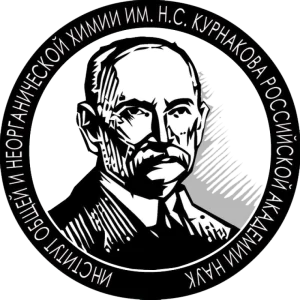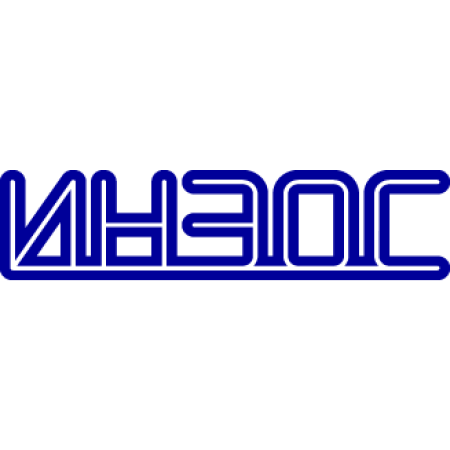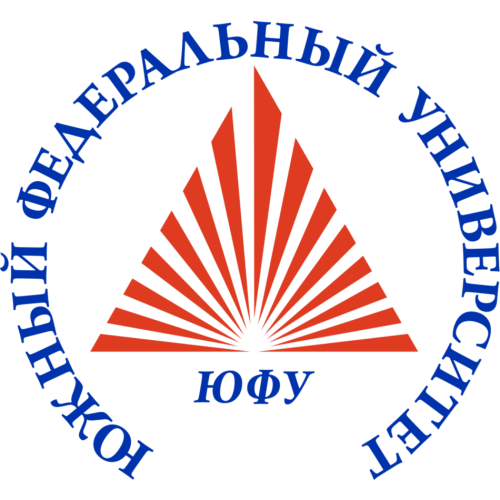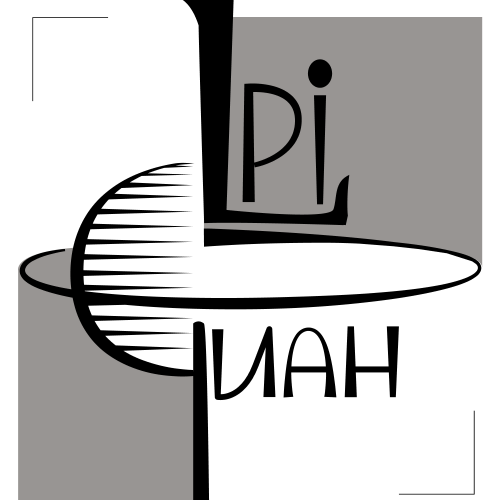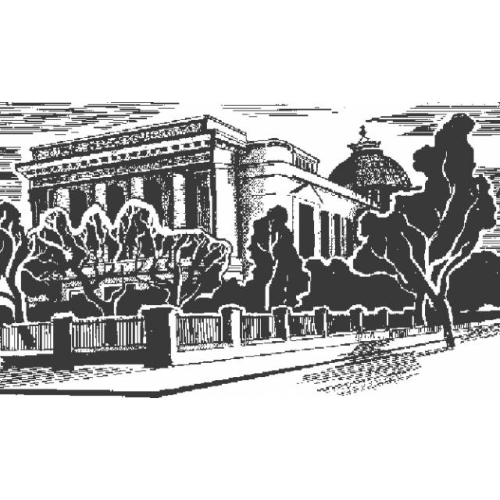Laboratory of Chemistry of Coordinating Polynuclear Compounds
Head of Laboratory
Igor L Eremenko
DSc in Chemistry, professor, full member of the Russian Academy of Sciences
Publications
675
Citations
7 815
h-index
35
Authorization required.
The laboratory is engaged in synthesis, research of the structure and physico-chemical properties (magnetic, photophysical, biological) homo- and heterometallic coordination compounds of transition metals.
- X-ray diffraction analysis
- X-ray phase analysis
- IR spectroscopy
- EPR spectroscopy
Igor Eremenko
Head of Laboratory

Alexey Sidorov
Principal researcher

Julia Voronina
Senior Researcher

Stanislav Nikolaevskii
Senior Researcher

Natalia Gogoleva
Senior Researcher

Irina Fomina
Senior Researcher

Daniil Blinou
Junior researcher

Irina Rubtsova
Junior researcher

Anna Matyukhina
PhD student
Anna Bovkunova
PhD student

Aleksandr Chistyakov
PhD student
Kseniya Koshenskova
PhD student

Lada Razvorotneva
Research assistant
Vladimir Bushuev
Research assistant
Alyona Bolotko
Research assistant

Veronika Novikova
Student
Research directions
Investigation of the biological activity of coordination compounds in relation to pathogenic and non-pathogenic (model) strains of tuberculosis.
+
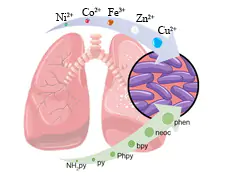
Synthesized compounds are complexes based on vital metals (Cu, Zn, Mn, Co, Fe, etc.) with anions of 2-furancarboxylic acid and various donor ligands - phenanthroline, bipyridine, phenylpyridine, pyridine, etc. The activity of the complexes is determined relative to drugs of the 1st series of tuberculosis treatment (isoniazid and rifampicin). Stage 1 of determination - a complex is applied to the discs and placed in the medium of the strain, and then, as cloudy or transparent discs form, the concentration is determined., the so-called MIC (minimum inhibitory concentration) is the effective concentration at which the colony dies. Complexes with high activity are further determined for cytotoxicity and are already being put into clinical trials to create pharmaceutical compositions of future anti-tuberculosis drugs.
Investigation of the molecular, crystalline and electronic structure of organic and coordination compounds by X-ray diffraction analysis and quantum chemistry. Non-covalent interactions and other subtle aspects of the structure of molecules and crystals, the search for structure-property correlations.
+
....
Molecular design of new magnetic and photoactive coordination compounds using approaches of chemistry of organoelement compounds.
+
The Group carries out scientific research in the field of synthesis, studies of the structure, magnetic and photoluminescent properties of coordination compounds combining ions of two types of metals – 3d-Li, 3d-Ca and 3d-4f. Anions of aliphatic or aromatic carboxylic acids are used as the main ligands for the synthesis of such compounds. N-heterocyclic carbenes, diimine redox-active liagndes or classical N-donor liagndes (pyridine derivatives) are used as additional ligands. The synthesis of coordination compounds is usually carried out using the Schlenk technique in conditions that exclude contact of substances with moisture and oxygen in the air. The main methods of studying new substances are X-ray diffraction and X-ray phase analysis, SQUID magnetometry, and luminescent spectroscopy.
Chemical design of homo- and heterometallic coordination compounds of 3d metals with dicarboxylic acid anions as promising objects for the creation of molecular magnets, photoluminescent materials and catalysts for the oxidation of organic substances.
+
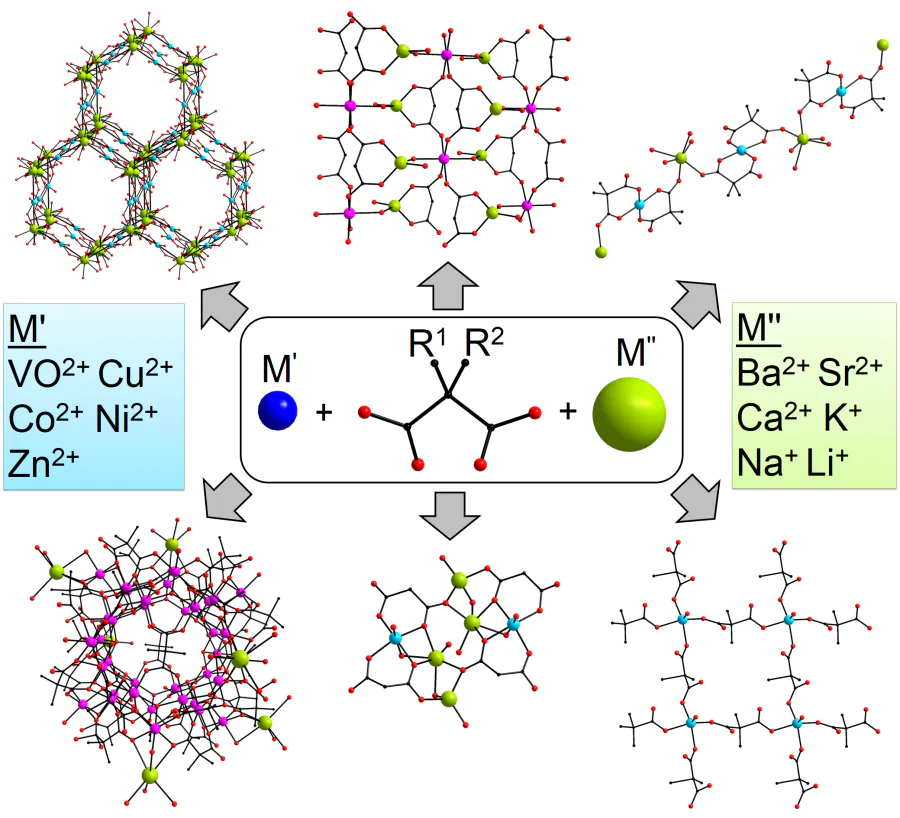
Synthesis of heterometallic coordination compounds with various combinations of metal ions (s-d, d-d' and d-f) by varying the geometric and electronic characteristics of malonate ligands. Investigation of the structure-forming role of a substituent in carboxylate anions binding metal centers and determination of other factors affecting the crystal structure and magnetic properties of the compounds formed.
Publications and patents
Found
Nothing found, try to update filter.
Надежда Титовна Берберова, Андрей Олегович Охлобыстин, Валентина Николаевна Стороженко, Ксения Владимировна Олейникова, Анна Сергеевна Камышникова, Игорь Леонидович Еременко, Екатерина Николаевна Зорина-Тихонова
RU2762970,
2021
Надежда Титовна Берберова, Андрей Олегович Охлобыстин, Валентина Николаевна Стороженко, Ксения Владимировна Олейникова, Анна Сергеевна Камышникова, Игорь Леонидович Еременко, - Тихонова Екатерина Николаевна Зорина
RU2738720,
2020
2022
—
2024
| Еременко Игорь Леонидович
2019
—
2020
| Кискин Михаил Александрович
2019
—
2020
| Козюхин Сергей Александрович
2017
—
2018
| Еременко Игорь Леонидович
2016
—
2018
| Кискин Михаил Александрович
2016
—
2018
| Козюхин Сергей Александрович
2014
—
2016
| Еременко Игорь Леонидович
Lab address
Москва, Ленинский проспект, 31, к1
Authorization required.
